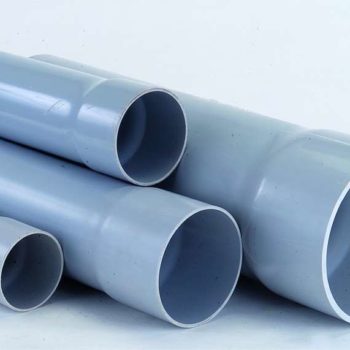Water pipes systems and plumbing is an ancient art as well as science that first began taking shape in China, India, Greek and Roman cities where piping and plumbing systems were constructed to bring flowing in and take out used water from public baths and pools. The remains of sophisticated ancient plumbing and piping systems can be found in the Mohenjo-Daro and Harappa civilizations. The etymological word roots of the word ‘plumbing’ is the Latin word for ‘lead,’ as water pipes in ancient Rome were made of Lead.
Over the centuries, piping has gone through several stages till it reached this century where plumbing pipes are now made of synthetic plastic materials like PVC-or Polyvinyl Chloride which is a carbon polymer of vinyl chloride monomers.
History of Piping and plumbing
Before the Romans built their leaden pipes, ancient civilizations built pipes of clay, and bamboo. Hollowed logs were utilized in several places all over the world in order to transport water. Then came lead, followed by copper. Today most pipes are built of steel, copper, iron, and PVC.
PVC pipes
PVC pipes changed the course of domestic indoor plumbing. PVC pipe manufacturers first began business after Waldo Simon managed to plasticize PVC in the year 1926. By 1940, PVC pipes were hot in the market, revolutionizing the domestic water and waste-disposal plumbing and piping systems. PVC is a very light, very durable and a very economical plumbing option. PVC comes both as hard material and flexible material. Flexible PVC pipes are like the hoses used in watering gardens. The hard PVC pipes are seen under the bathroom sink changed many areas of the market, not only water piping. PVC is used to manufacture bottles, bank cards, electric wire insulation, etc. PVC changed the course of marketing history.
